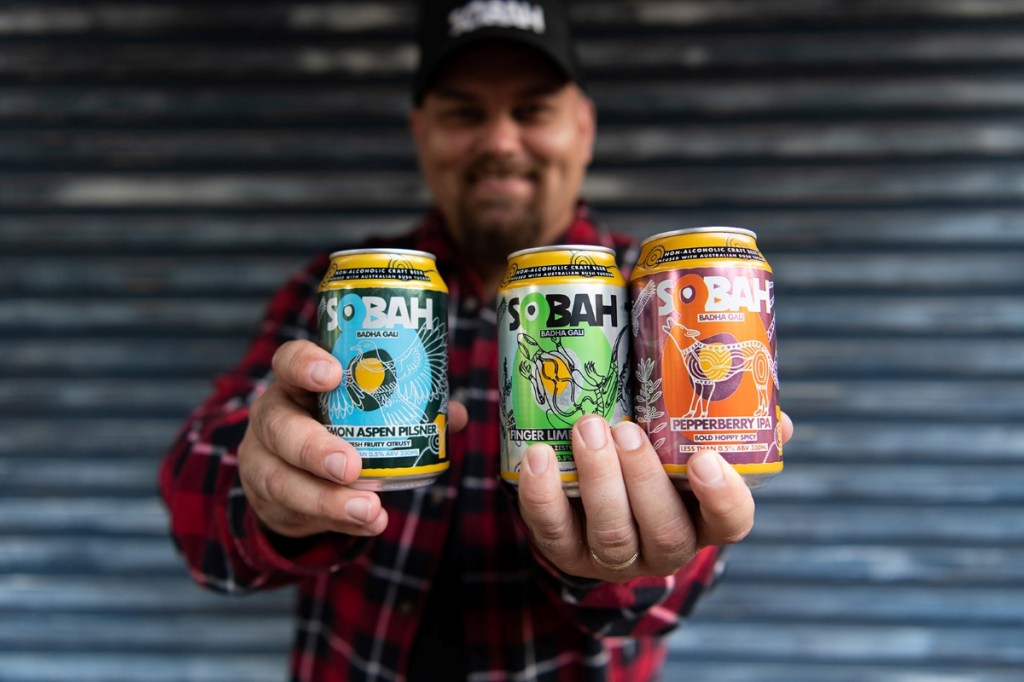
The Queensland-based non-alcoholic beverage company cited economic and industry challenges for the decision.
The post Sobah Beverages enters voluntary administration appeared first on Beer & Brewer.

The Queensland-based non-alcoholic beverage company cited economic and industry challenges for the decision.
The post Sobah Beverages enters voluntary administration appeared first on Beer & Brewer.
In California, craft beer and wine are both power players, but a refreshing beer at the end of the day seems to be a popular thirst-quencher whether your line of work is fermenting grapes or grains.
The post It Takes a Lot of Beer to Make Good Wine appeared first on CraftBeer.com.
Breweries across the country are turning up the volume, blending beer and live music to create unforgettable experiences.
The post Pour the Beer, Cue the Band appeared first on CraftBeer.com.
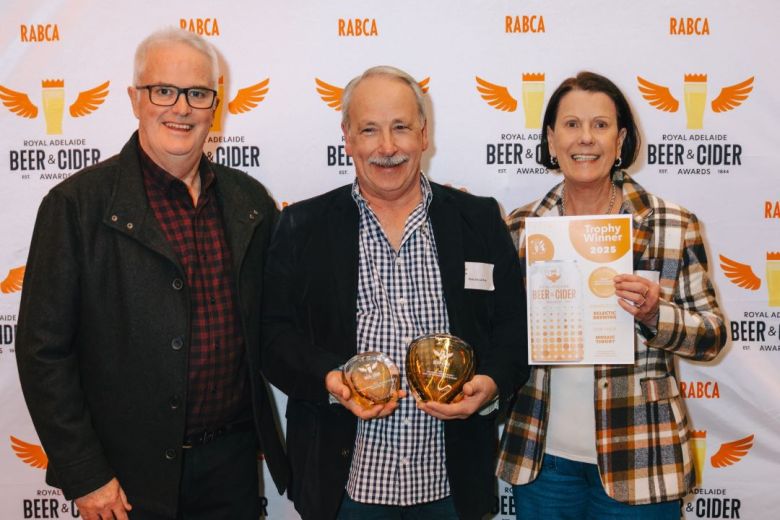 The Royal Adelaide Beer and Cider Awards are open to breweries across Australia and New Zealand and this year South Australian’s took home all the major awards.
The Royal Adelaide Beer and Cider Awards are open to breweries across Australia and New Zealand and this year South Australian’s took home all the major awards.  Packaging manufacturer Orora has launched Orora Express, which will help brewers improve design quality and efficiency.
Packaging manufacturer Orora has launched Orora Express, which will help brewers improve design quality and efficiency.  Beer Garden Brewing is getting a new name and look following its acquisition by Alice Springs Brewing Co. seven months ago.
Beer Garden Brewing is getting a new name and look following its acquisition by Alice Springs Brewing Co. seven months ago. Today, there is no family of hops more in vogue than those coming from New Zealand.
The post Tapping into New Zealand Hop Terroir appeared first on CraftBeer.com.
 This brand-new product from the award-winning Sunshine Coast brewery is ready to celebrate all things local this Queensland Day.
This brand-new product from the award-winning Sunshine Coast brewery is ready to celebrate all things local this Queensland Day.  Sanctus Brewing’s new XPA, Independent’s Day, shines a spotlight on the challenges facing Australia’s indie brewers in a consolidated market.
Sanctus Brewing’s new XPA, Independent’s Day, shines a spotlight on the challenges facing Australia’s indie brewers in a consolidated market.  This Brewer Spotlight highlights Bracket Brewing’s Mike Meletopoulo who speaks to Beer & Brewer about his career built on finding balance.
This Brewer Spotlight highlights Bracket Brewing’s Mike Meletopoulo who speaks to Beer & Brewer about his career built on finding balance. These emerging breweries are redefining what it means to grab a beer in Tampa.
The post The Fresh Faces of Tampa Bay’s Craft Beer Scene appeared first on CraftBeer.com.
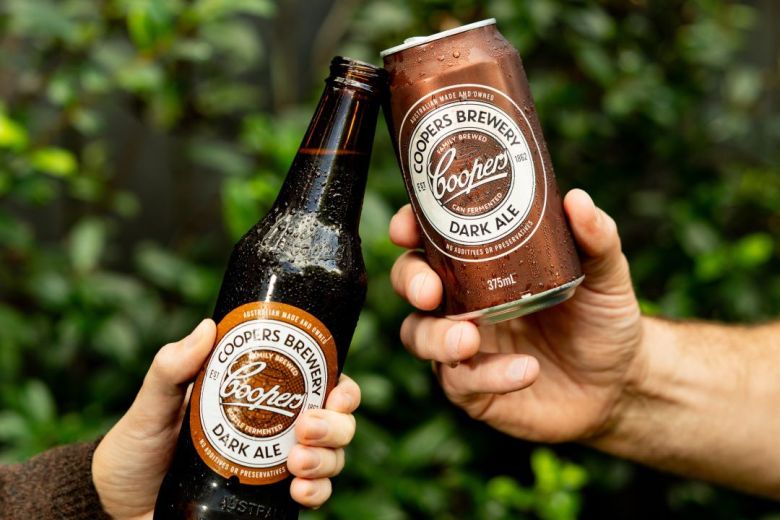 Coopers Brewery has responded to calls from fans and put its Dark Ale into a 375ml can.
Coopers Brewery has responded to calls from fans and put its Dark Ale into a 375ml can. 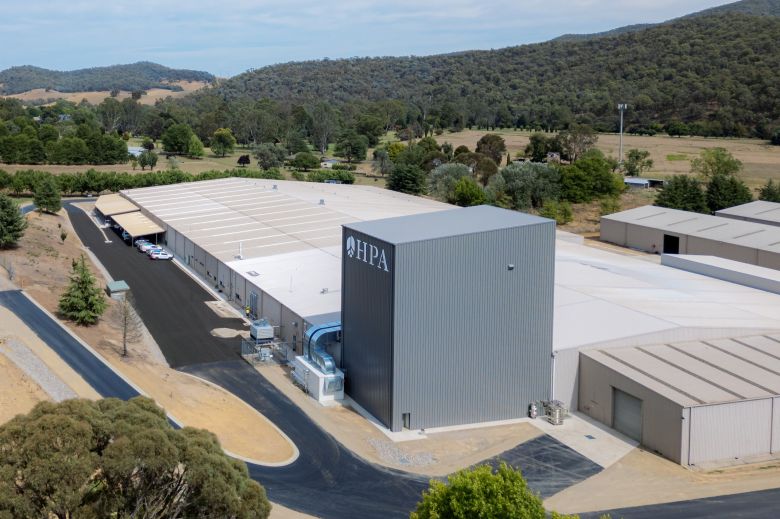 HPA’s new packaging and storage facility uses advanced technology to improve efficiency and product quality across the supply chain.
HPA’s new packaging and storage facility uses advanced technology to improve efficiency and product quality across the supply chain. Craft sake brewers are bridging the gap between beer and sake by creating hybrid products, drawing in curious craft drinkers with innovative, approachable takes on traditional Japanese brewing.
The post Kanpai! How Sake Is Segueing into Craft Beer appeared first on CraftBeer.com.
An Englishman’s dream pub sparked Indy’s craft beer scene, leading to generations of brewers chasing flavor, community, and good vibes.
The post From Broad Ripple to Beer Boom: The Story of Indy’s Brewing Legacy appeared first on CraftBeer.com.
Spiced beers aren’t just waiting for an occasion anymore—they’re now year-round, tapping an ever-changing cupboard of craft brewing.
The post It’s Always Spiced Beer Season appeared first on CraftBeer.com.
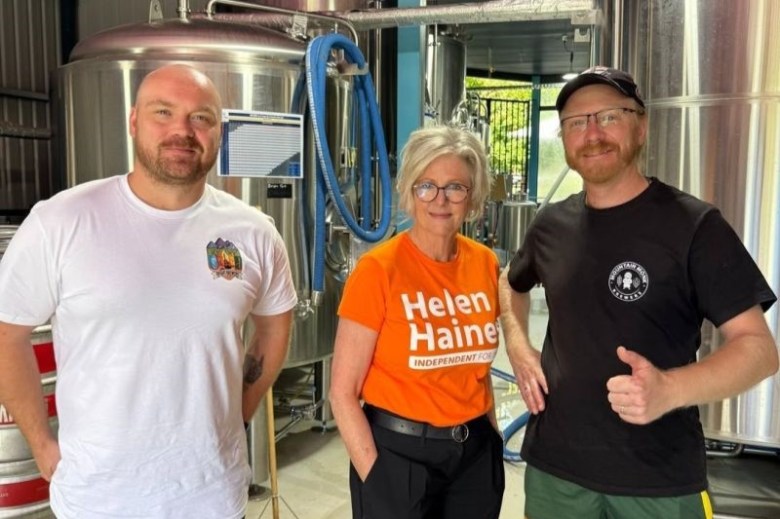 IBA Chair Evin Craney met with Federal MP Dr Helen Haines to discuss the long-term viability of the industry and encourage others to have their voices heard.
IBA Chair Evin Craney met with Federal MP Dr Helen Haines to discuss the long-term viability of the industry and encourage others to have their voices heard. A brewery can write an airtight recipe, source top-shelf raw materials, and brew a flawless beer, but all those efforts are for naught if a draught system is dirty.
The post Drafting a Solution: Inside the Dirty World of Cleaning Tap Lines appeared first on CraftBeer.com.
 Stavros ‘Stav’ Yiannoukas is National Sales Director at Hawke’s Brewing but his journey to the business was far from traditional.
Stavros ‘Stav’ Yiannoukas is National Sales Director at Hawke’s Brewing but his journey to the business was far from traditional. 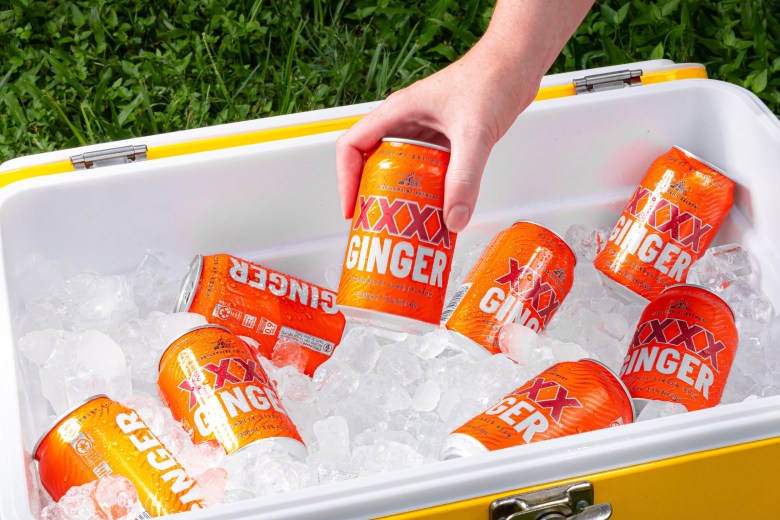 With an approachable taste and lower ABV, XXXX Ginger Beer was designed for customers seeking a "near beer" alternative.
With an approachable taste and lower ABV, XXXX Ginger Beer was designed for customers seeking a "near beer" alternative.  With just five years under its belt, Mountain Culture secured a historic three-peat in the GABS Hottest 100 poll.
With just five years under its belt, Mountain Culture secured a historic three-peat in the GABS Hottest 100 poll. 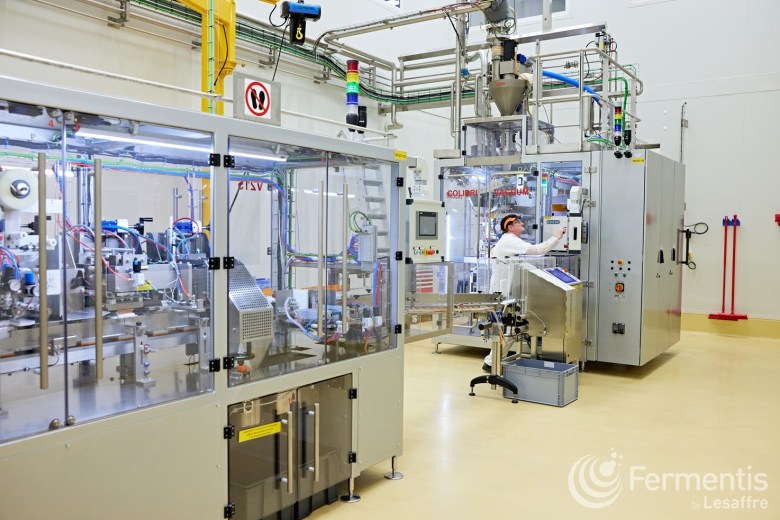 Fermentis has completed significant upgrades at Algist Bruggeman, improving the microbiological quality of its brewing yeast.
Fermentis has completed significant upgrades at Algist Bruggeman, improving the microbiological quality of its brewing yeast.  Ginger beer will debut as a category at next year’s Royal Queensland Beer Awards awards.
Ginger beer will debut as a category at next year’s Royal Queensland Beer Awards awards. 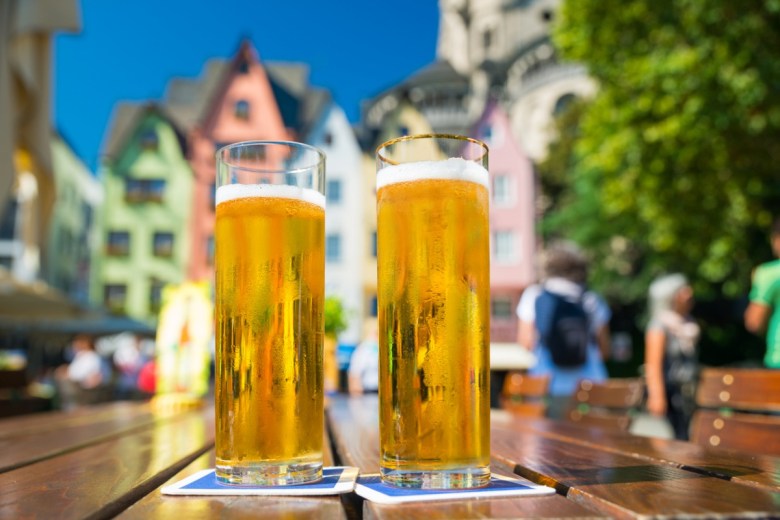 John Palmer guides you through brewing this delightful beer, that is widely praised but far too often poorly replicated.
John Palmer guides you through brewing this delightful beer, that is widely praised but far too often poorly replicated.  John Palmer guides you through brewing this delightful beer, that is widely praised but far too often poorly replicated.
John Palmer guides you through brewing this delightful beer, that is widely praised but far too often poorly replicated. Don't call it a comeback: Detroit's vibrant craft beer scene mirrors the city's own renaissance.
The post Celebrating Detroit’s Craft Beer History appeared first on CraftBeer.com.
 Sydney Beer Week has made a successful return, energising local breweries and consumers, and highlighting the city's vibrant beer culture.
Sydney Beer Week has made a successful return, energising local breweries and consumers, and highlighting the city's vibrant beer culture.